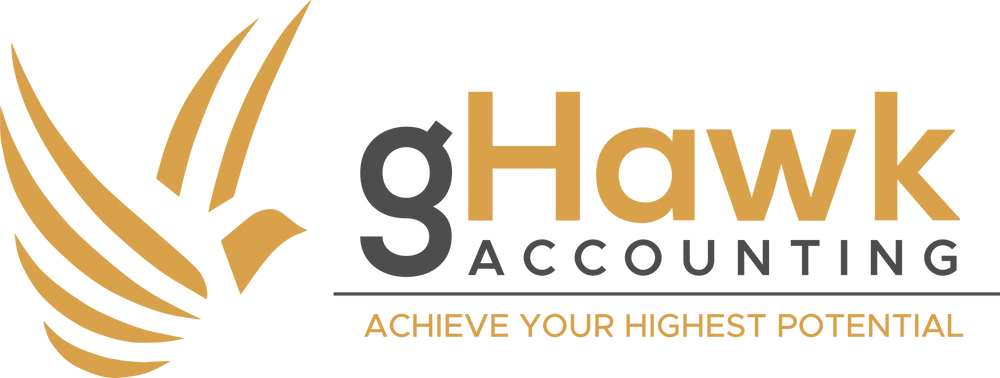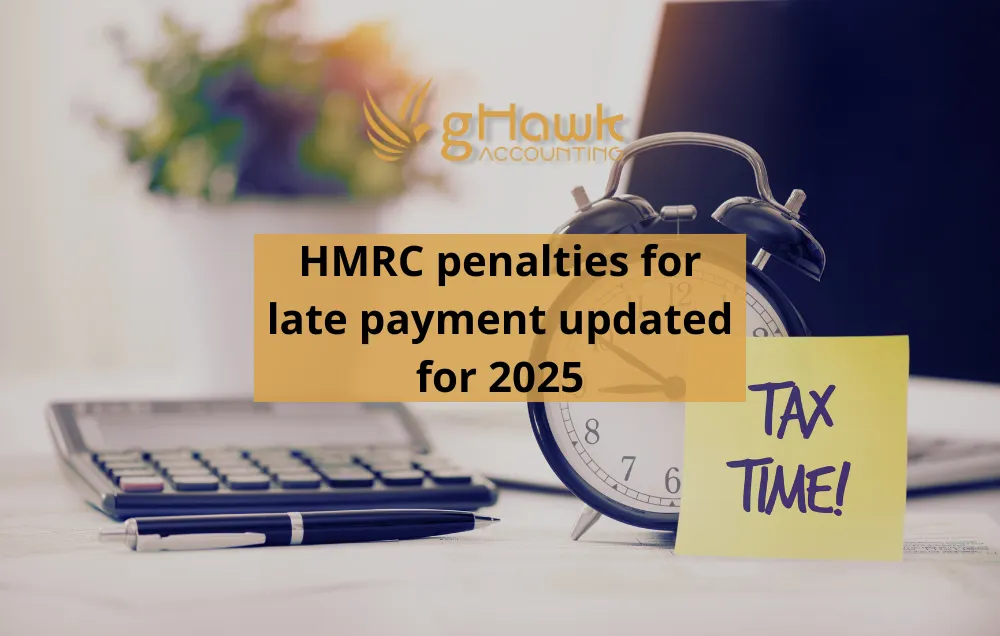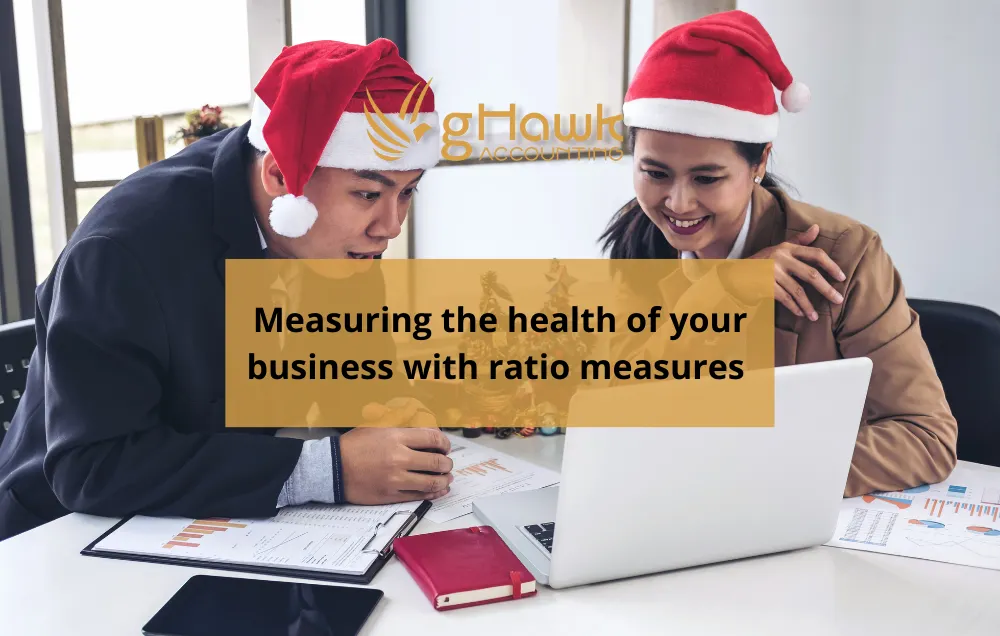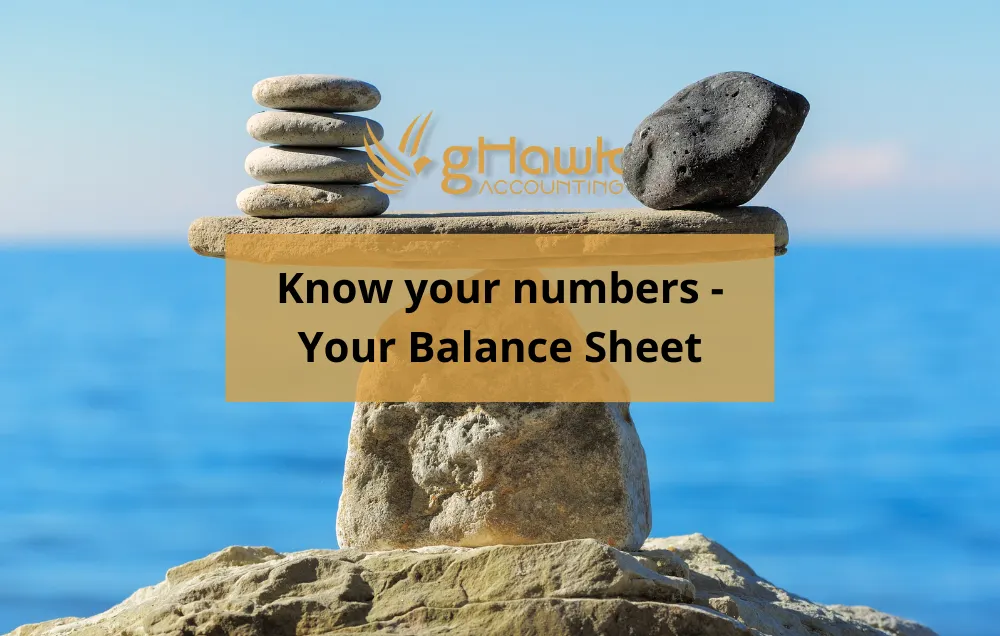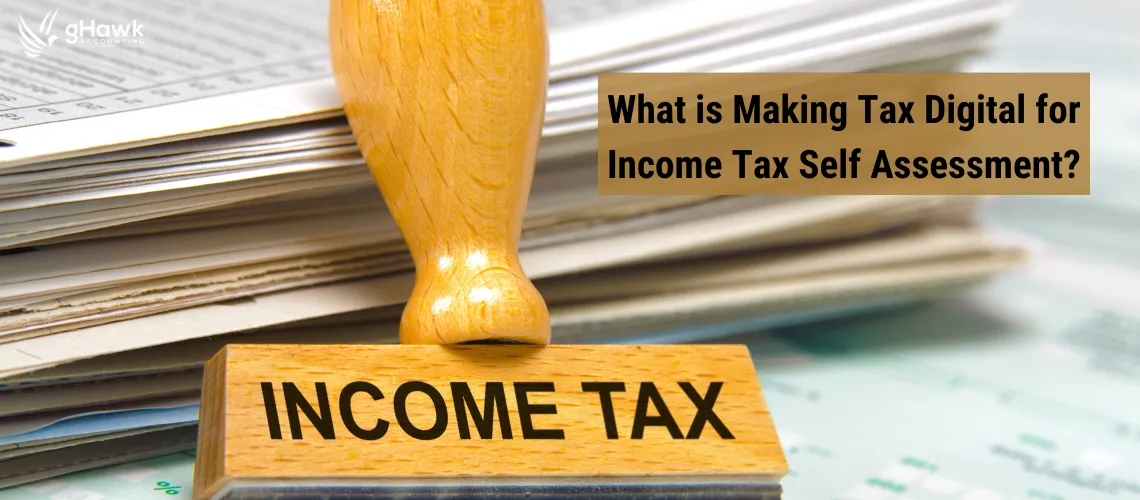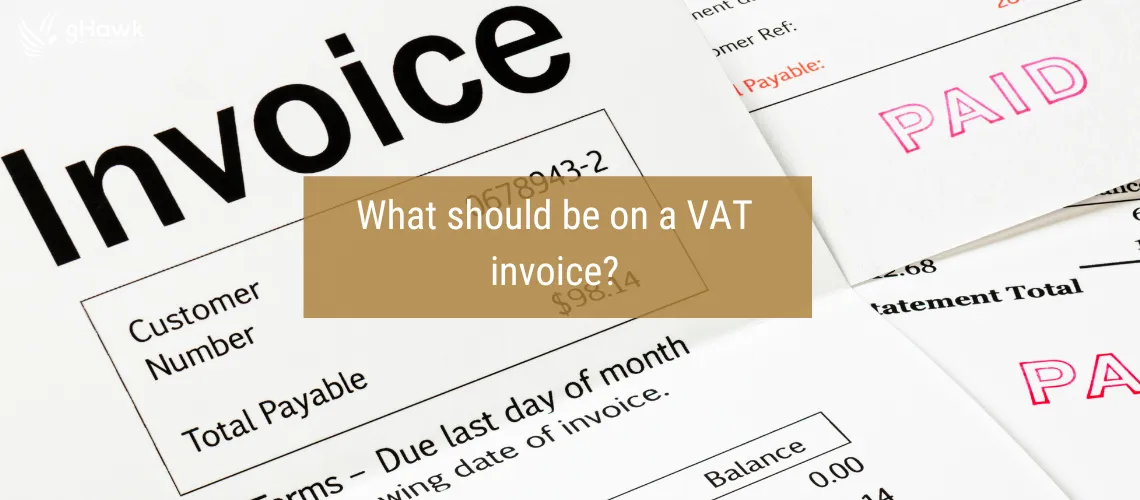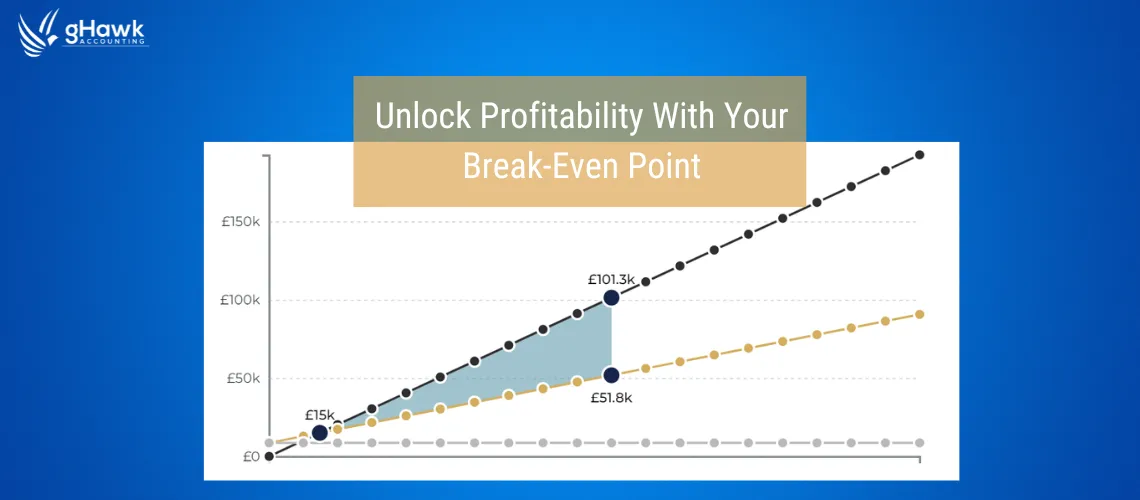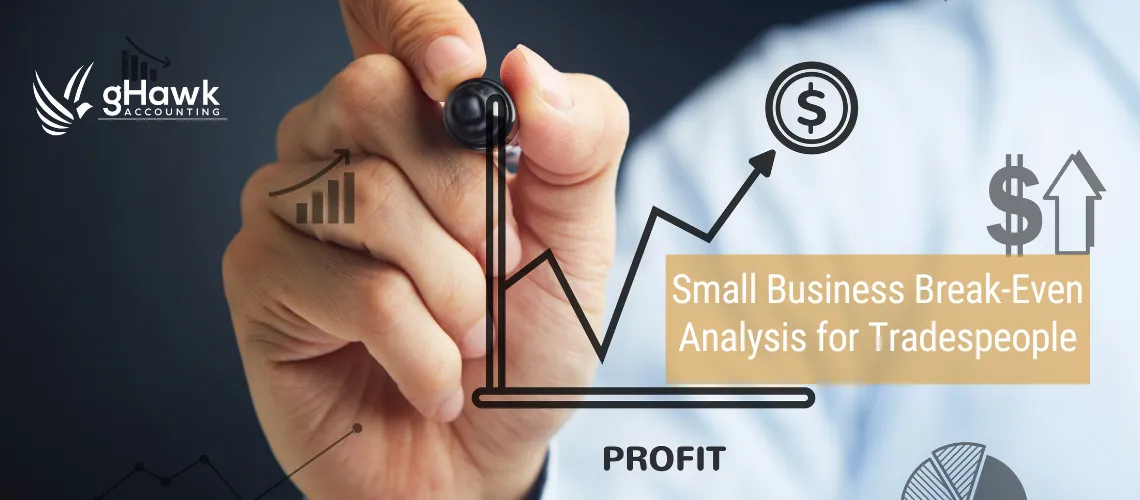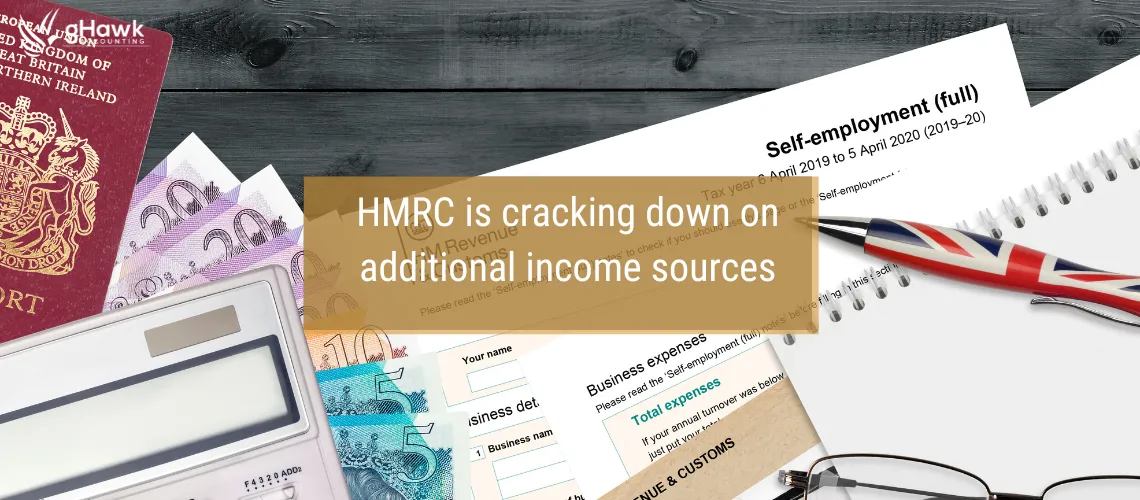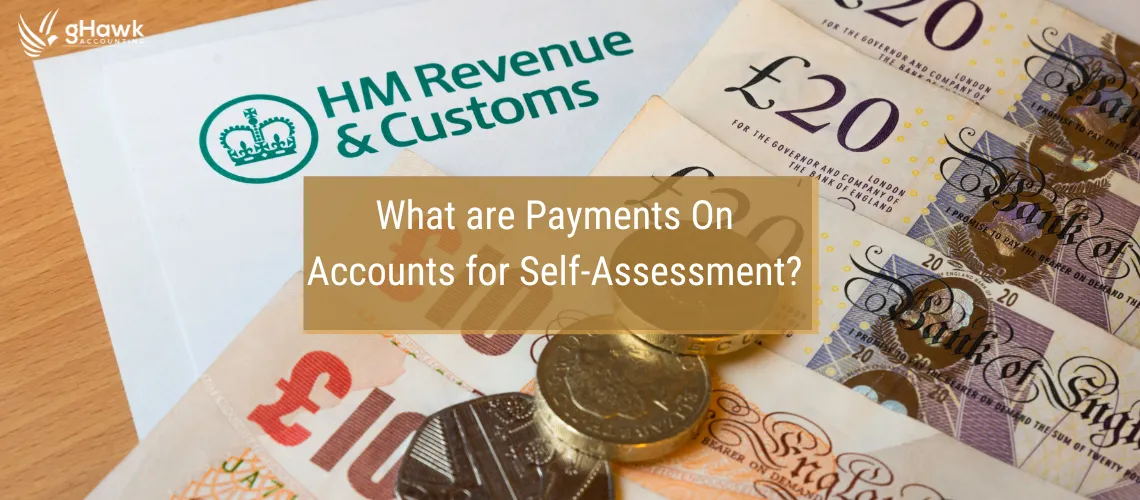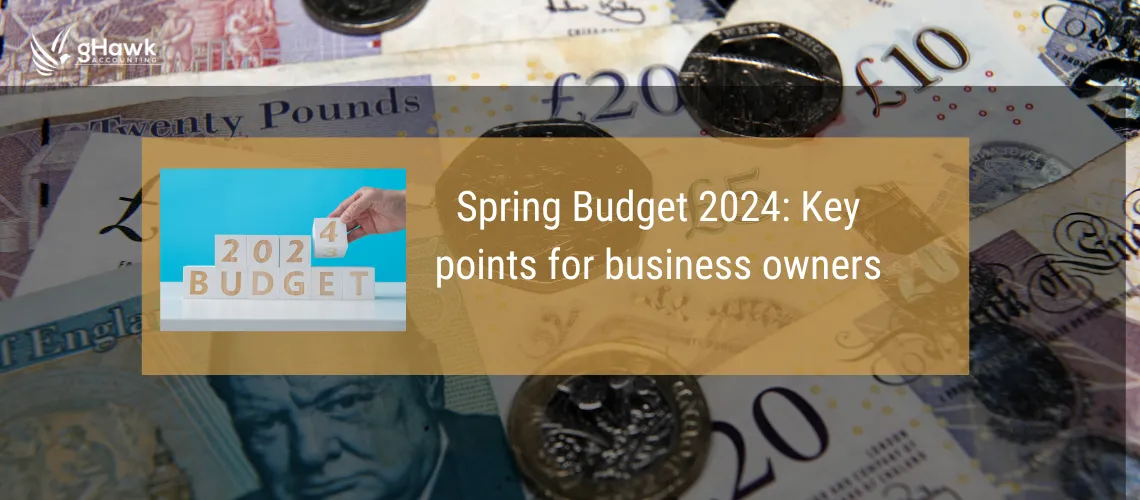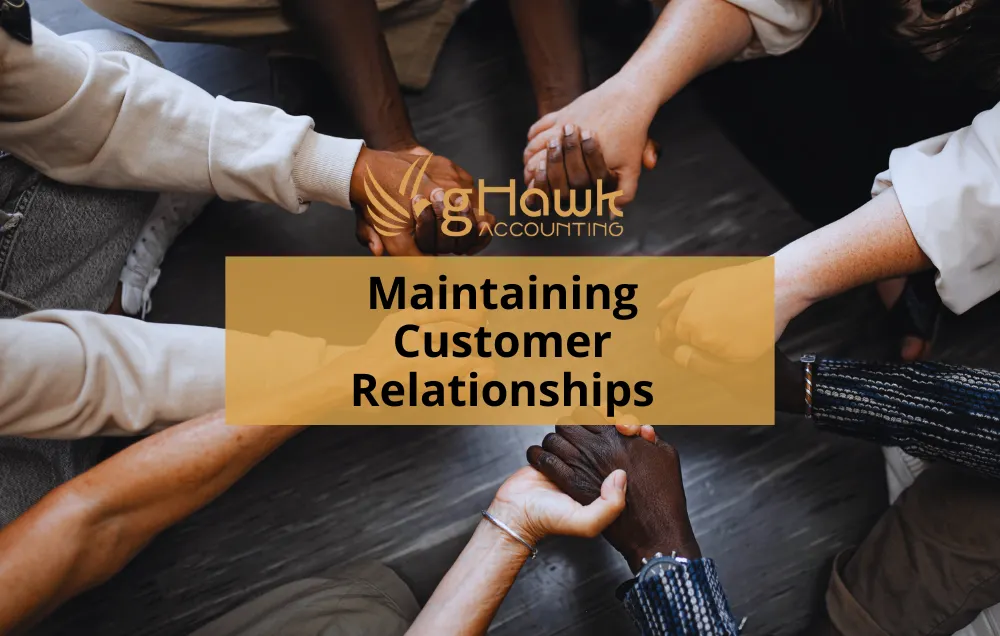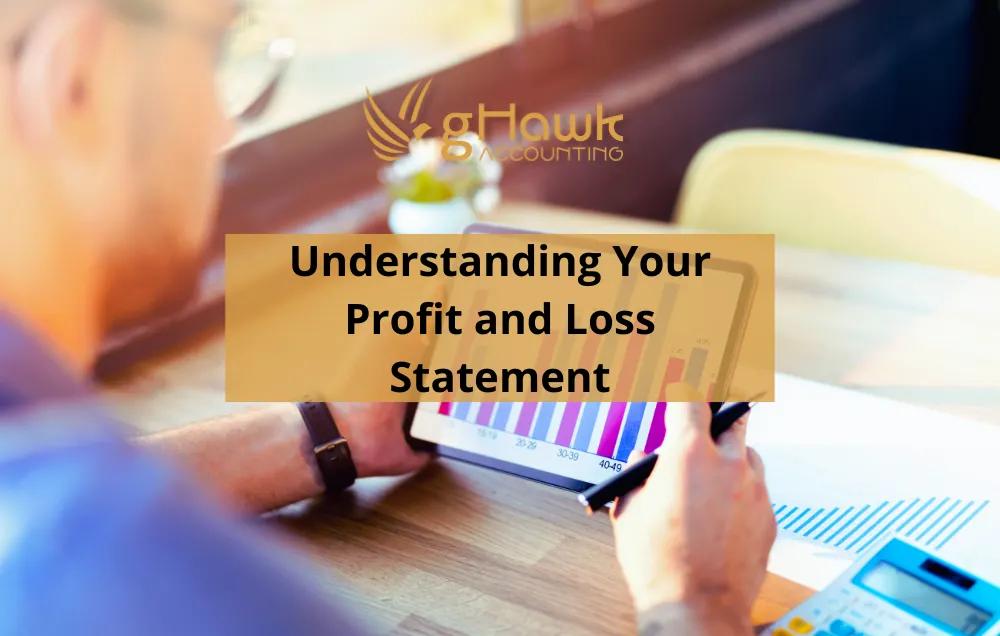Know your numbers - Your Balance Sheet
Your Balance Sheet tells you whether your business's value is going up or down, whether it is properly funded, and whether the working capital is healthy. Need help understanding your Balance Sheet?
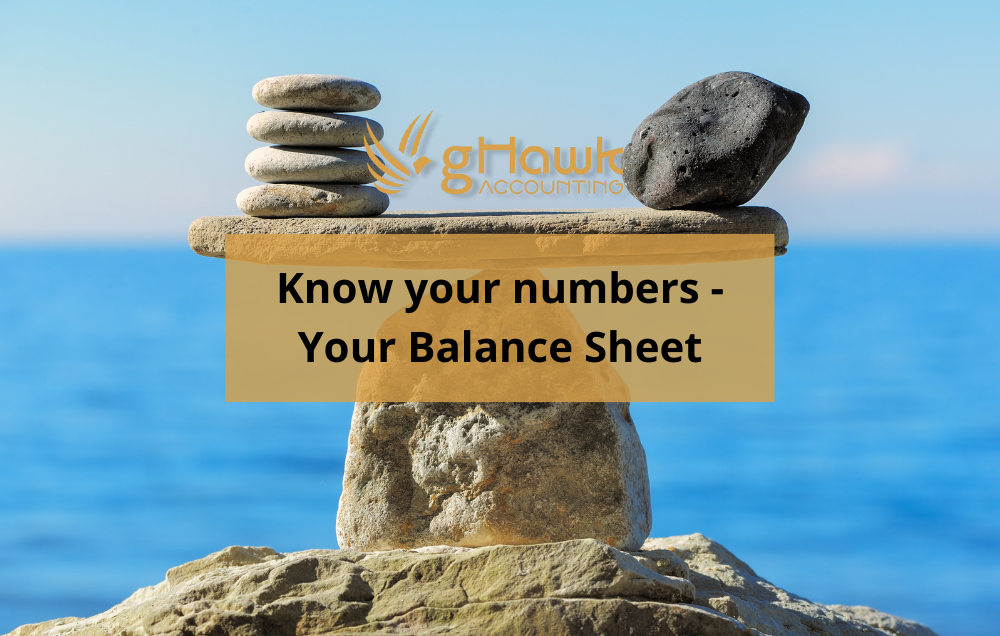
Knowing your numbers is vital to business success. The Balance Sheet is arguably the most critical report, measuring whether your business's worth is increasing or decreasing. It illustrates the overall financial health of your business, whether it is funded appropriately, if there's enough cash to pay the bills, and what the owners would have left if it was wound up tomorrow.
Profitable businesses can and do go broke without a weak Balance Sheet.
Three common scenarios:
1. Growing sales without an efficient billing or collection system.
This can result in a situation where you don't have enough cash to pay your bills.
2. Borrowing too much money to finance the business.
If sales decline, you may not be able to service your interest and principal repayments (even though you're still making a profit).
3. Taking too much out of the business.
It could be as simple as earning a profit but not leaving enough to pay for tax and asset replacements.
Some critical things to understand:
1. Do you have enough working capital?
Calculate working capital by taking your current assets (e.g. debtors, stock, and cash) minus your current liabilities (creditors, taxes, and loans due within one year). If the number is negative, you'll experience cashflow strain and weaken your business.
2. How long is it taking to collect your debtors?
Calculate this by dividing your debtors by your total sales for the year, then multiply the answer by 365. This tells you how many days it will take to collect your debtors. The lower the number, the better. Compare your debtor days to the normal trading terms on your invoices.
3. How often are you turning over / replacing your stock each year?
Divide total sales by closing stock. You can do the same calculation on individual stock items by dividing the sales for that item by the stock level of the same item. The higher the number, the better, as you convert that stock into cash more efficiently.
4. Is your shareholder's current account an asset or a liability to the company?
If it's an asset, you owe the company money, which is terrible news!
5. What return are you getting on your invested assets?
Net profit divided by the value of total assets gives your % return. This percentage can be compared to likely returns from other investments to determine how well your business performs.
The list goes on and will depend on your type of business. Real-time data for your reports will make your financial health diagnosis more relevant than relying on your last set of annual financial statements.
CashFlow Builder Program
Studying your numbers is essential for understanding your business's financial health, identifying opportunities, and making informed decisions. It helps you track cash flow, measure performance, stay competitive, and adapt to changes, ensuring long-term success.
The C.A.S.H.F.L.O.W. process helps businesses identify and resolve internal challenges, creating opportunities for meaningful improvements. By optimizing key areas and implementing targeted strategies, companies can build a stronger foundation, enhance efficiency, and drive sustainable growth.
Our Third step in the 8-step process is to study your numbers.
Tracking your numbers helps you understand where your money is going and identify opportunities to allocate it more effectively for the benefit of your business.
Contact us about how to strengthen your Balance Sheet and how we can work together.
